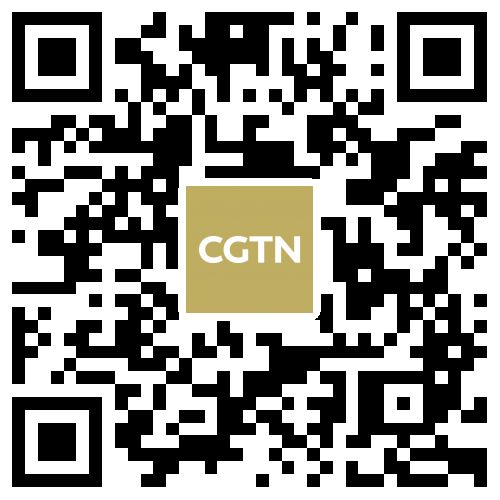
China
22:45, 28-Feb-2018
Two years on, Tesla admits autopilot mode behind death of Chinese driver: report
CGTN

Electric automaker Tesla has reportedly announced that one of its cars was on autopilot mode when it crashed into a lorry on a highway in China and killed the driver two years ago, in what was long believed to be the world's first fatal accident involving an autonomous vehicle.
Gao Yaning, 23, died after his Tesla vehicle crashed into the back of a cleaning car while driving on a highway in north China's Hebei Province on January 20, 2016.
Gao was held responsible for the accident by local traffic police, but his family accused Tesla's technology that "failed to accurately gauge the road conditions ahead and provide instructions."
Tesla had previously said that there was "no way of knowing" if the autopilot system was enabled at the time of the accident, noting that the extensive damage to the car prevented the vehicle from transmitting data to their servers.
The family filed a lawsuit against Tesla and its authorized dealer in Beijing, with the case going on trial on September 20, 2016.
On Tuesday, Chinese media outlets quoted a lawyer working on the lawsuit as saying that Tesla's admittance came in the light of "substantial evidence," without providing any further details.

The scene of accident /CCTV Photo
The scene of accident /CCTV Photo
Footage captured by the car's dashboard camera showed the vehicle, a white Tesla Model S sedan, on a highway before plowing into a road sweeping vehicle, without any apparent sign of slowing down.
Police reportedly said the emergency brakes had not been applied before the impact.
Gao’s father, Gao Jubin, expressed belief that the car was driving on autopilot mode when the accident happened. His theory was confirmed after seeking advice from experts using the video footage, according to China Central Television (CCTV).
Gao worked as a driver in the army and had over thousands of kilometers of safe driving record, CCTV had reported.
Gao’s father asked Tesla to pay him 10,000 yuan (1,500 US dollars) for compensation. The family's lawyer said going to court over the incident was meant to attract people's attention to the dysfunctions of Tesla's autopilot system.

Gao worked as a driver in the army, reported CCTV. /CCTV Photo
Gao worked as a driver in the army, reported CCTV. /CCTV Photo
The Gao family had previously sued Tesla for one yuan to raise public awareness before increasing the amount.
In August 2016, Tesla revised the wording of its system on its website from autopilot to semi-automated. The changes were made the same month another crash in China, non-fatal this time, saw the driver blaming the staff for "overplaying the car's actual capabilities" and accusing Tesla of misleading him.
Gao’s accident was not an isolated case.
A motorist in California died after his Tesla vehicle crashed into a track when driving on autopilot mode in May 2016, marking the first autopilot accident leading to fatality in the US.
Tesla said at the time the autopilot system failed to recognize the white track as its color resembled that of the sky.
The accidents have led to public scrutiny over Tesla’s autopilot mode, with the company defending itself by arguing that autopilot mode didn’t equate with unmanned driving mode.
Tesla’s explanation didn’t satisfy customers, with some accusing the company of exaggerated marketing.

SITEMAP
Copyright © 2018 CGTN. Beijing ICP prepared NO.16065310-3
Copyright © 2018 CGTN. Beijing ICP prepared NO.16065310-3